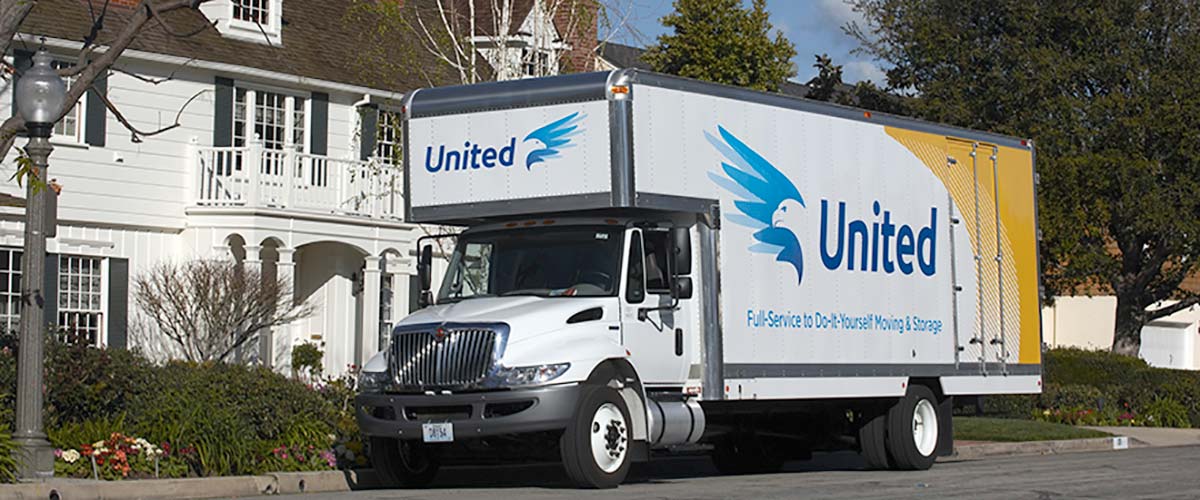When you consider the many challenges you may face in life, moving can come up as one of the more stressful. Between sifting through belongings, weeding out what goes and stays, tying up loose ends, and preparing the new place, it is easy to get a bit frazzled. Include the fact that you have children to care for in the process, and the entire ordeal is overwhelming.
As your moving day looms shortly, taking some time to simply step back, breathe, and get prepared for the work ahead is essential. Take a look at a few useful tips to help you de-stress as a family before your big move.
1. Plan a family game night.
Board games don’t typically require anything other than the game to have fun. So, pulling out a board game to play in a house full of packed boxes and disarray is not challenging; somewhere amid the chaos of packing, planning, and preparing for your move, set aside one afternoon to just sit down as a family and play a few games. If you’ve already packed the board games, try some games like charades or eye spy that don’t require any specific board or pieces.
2. Create a memory box together to keep from your current home.
Leaving home can be emotionally challenging for every member of the family. If your children are especially struggling with the upcoming move, get everyone together to create a memory box. Memory boxes can be used for so many life situations, but they serve the same purpose: to create a safe place for a collection of memories or keepsakes.
Allow everyone to contribute to the memory box for the home you are leaving behind. A few good ideas of items to include:
- A handwritten note from each member of the family about a favorite memory
- Pictures of certain things about the house that everyone wants to remember (e.g., a photo of the backyard or a family gathering spot)
- Small physical souvenirs from the property (e.g., a stone from the driveway, a clipping of wallpaper, or a dried flower from the landscape)
3. Get away from the move for a day, or even a few hours.
Dealing with the stress of a move can be easier when you get the chance to step away from the process and physically immerse yourself in a different environment. Try to arrange for some family time out of the house. Go to the movies, have a picnic at the park, or go on a short road trip.
4. Pencil in quiet time daily.
Getting a few quiet moments as an adult with a lot of stress to contend with can help you stay calm. However, quiet time is just as good for children as it is for adults. Some professionals even claim that quiet time is valuable for kids because it helps them synthesize and process new information.
Every day leading up to the move, make sure the house gets a brief stretch of quiet time. Allow everyone their personal space and just spend a few minutes collecting their thoughts.
Destress Your Family Move with Professional Movers
Moving as a family may be a little rough, but a little help can make all the difference. Reach out to get a free moving quote for your big move, and we’ll make sure you have more free time to focus on your family.

